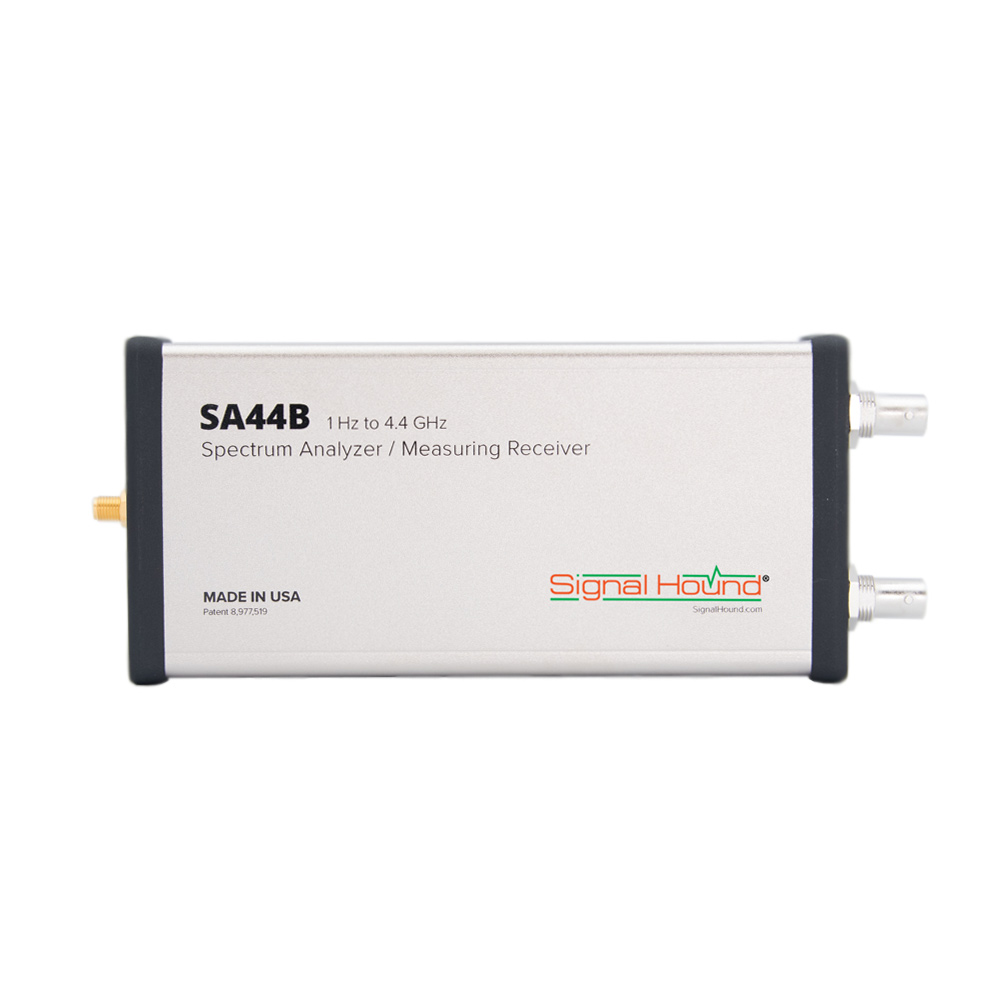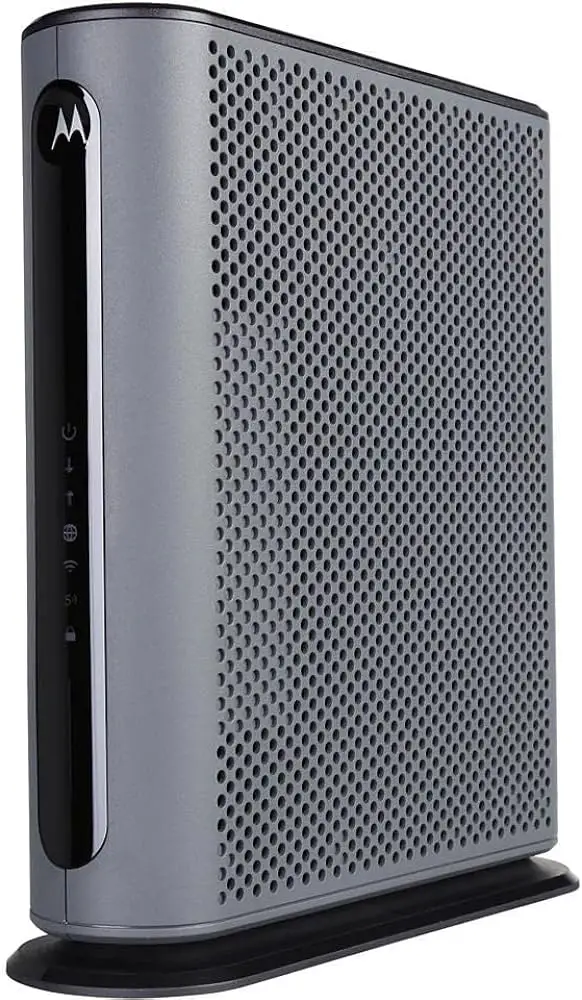To get 2.4 GHz WiFi spectrum, access your router’s settings and select the corresponding frequency band. Ensure your devices support the 2.4 GHz frequency to connect successfully.
Navigating the increasingly complex world of WiFi connectivity can be daunting, especially with the proliferation of frequency bands like 2. 4 GHz and 5 GHz. Most contemporary routers come equipped with dual-band technology, offering both spectrums. The key to unlocking your 2.
4 GHz WiFi lies within your router’s interface, where you can specify which frequency band to use. This option is crucial for compatibility with a wider range of devices, particularly older ones that may not support the faster 5 GHz band. Opting for the 2. 4 GHz spectrum is also advantageous for its broader coverage area, despite its lower speed compared to 5 GHz. Connecting to this band can be especially useful in environments with many walls or other obstructions where signal penetration is essential.
Understanding Wifi Frequencies
When diving into the world of wireless connectivity, one fundamental element to comprehend is Wi-Fi frequencies. These invisible channels are the highways for our data, and the two most common bands are 2.4 GHz and 5 GHz. In this section, we will delve into the characteristics and uses of the 2.4 GHz spectrum and how it compares to its faster cousin, the 5 GHz band.
Differentiation between 2.4 GHz and 5 GHzDifferentiation Between 2.4 Ghz And 5 Ghz
- Range: The 2.4 GHz band provides coverage at a longer range compared to the 5 GHz frequency but typically at slower speeds.
- Speed: Conversely, 5 GHz offers faster data rates at a shorter range.
- Interference: More devices operate on 2.4 GHz, increasing the likelihood of interference, while 5 GHz is less congested.
- Channels: 2.4 GHz has 11 channels in the United States, with only three non-overlapping, compared to 5 GHz’s up to 23 non-overlapping channels.
Why 2.4 Ghz Is Widely Used
The 2.4 GHz spectrum remains prevalent due to its compatibility with a multitude of devices and pervasive usage in household electronics, including garage door openers, baby monitors, and older Wi-Fi devices. Its ability to penetrate solids more effectively than the 5 GHz frequency makes it suitable for providing wireless access through walls and floors.
Challenges of using 2.4 GHz spectrumChallenges Of Using 2.4 Ghz Spectrum
- Congestion: The 2.4 GHz band is often crowded with devices, leading to interference and reduced performance.
- Slower Speeds: Due to its longer wavelengths, 2.4 GHz cannot match the speeds achievable on the 5 GHz band.
- Interference from Other Devices: Many home appliances and wireless devices also operate on the 2.4 GHz frequency, exacerbating interference issues.

Credit: signalhound.com
Analysing 2.4 Ghz Wifi Interferences
Dealing with a sluggish or unstable internet connection can be a daily struggle for many. A significant factor in this is the interference in the 2.4 GHz WiFi spectrum, which is very common due to its widespread use. To enhance your Wi-Fi performance, understanding and analyzing these interferences is paramount. Let’s take a deep dive into how to identify and fix these often-overlooked issues.
Recognizing Common Sources Of Interference
Interferences in the 2.4 GHz band are frequently caused by a variety of devices and environmental factors. Common culprits include:
- Microwave ovens: Emitting the same frequency, microwaves can be a source of signal disruption.
- Cordless phones and baby monitors: These devices can interfere with WiFi signals as they often operate on similar frequencies.
- Bluetooth devices: They share the spectrum and can cause interruptions.
- Neighboring WiFi networks: Overlapping channels can result in significant interference.
Tools For Analyzing Wifi Spectrum Interference
To effectively combat interference, proper analysis tools are needed. Here’s a list of tools and software that you can use:
- WiFi Analyzer apps: Apps like Wireshark or NetSpot allow you to check for channel saturation.
- Spectrum Analyzers: These devices can provide a detailed view of the WiFi spectrum and help pinpoint interference sources.
- Built-in Router Tools: Some routers come with their own software for spectrum analysis.
Interpreting Wifi Analysis Results
Once the data is collected, it’s time to interpret the results. Here are steps to understand the analysis:
- Identify the strength and source of interference signals within the spectrum.
- Look for patterns or consistent disruptions with the performance of your WiFi network.
- Analyze channel usage to determine if switching to a less crowded channel could reduce interference.
- Consider the environment: Physical obstructions or layout changes can also affect the WiFi signals.
After analyzing these aspects, adjustments such as changing channels, moving the router, or using dual-band equipment can be made to optimize your WiFi performance.
Enhancing 2.4 Ghz Wifi Connectivity
Wave goodbye to weak 2.4 GHz Wifi signals and experience a seamless internet connection by enhancing your Wifi connectivity. With the right tweaks to your router’s position, channel selection, and settings, you can significantly improve your Wifi performance. Whether it’s for uninterrupted video streaming, gaming, or for a stable work-from-home setup, optimizing your 2.4 GHz Wifi network’s efficiency is within grasp.
Optimal Placement Of Your Router
The physical location of your router has a profound impact on Wifi performance. Walls, floors, and even large appliances can obstruct your Wifi signal. Here’s how to ensure optimal placement:
- Central Location: Position your router centrally to distribute the signal evenly throughout your home or office.
- Elevate the Router: Keep the router off the floor, ideally on a shelf or mount, to enhance signal reach.
- Avoid Obstacles: Keep the router away from metal objects and appliances that emit electromagnetic waves.
- Keep it Visible: If possible, have a clear line of sight to your router from frequently used devices.
Choosing The Right Wifi Channel
Your neighbors’ Wifi networks could be competing with yours. Switching to a less congested channel can make a huge difference.
- Access your router’s settings via a web browser.
- Locate the wireless settings menu.
- Select the Wifi band (2.4 GHz).
- Try channels 1, 6, or 11, which are typically most effective.
- Use Wifi analyzer tools to find the least crowded channel.
Adjusting Router Settings For Better Performance
Tweaking a few settings can bolster your router’s capabilities. Here are some critical adjustments you can make:
| Setting | Action | Expected Benefit |
|---|---|---|
| Network Mode | Set to 802.11n for best performance. | Improved stability and speed. |
| QoS Settings | Prioritize traffic based on device or application. | Enhanced streaming and gaming experience. |
| Broadcast Power | Adjust to maximum if range is an issue. | Wider signal distribution. |
| Security | Utilize WPA3 for optimal security. | Reduces risk of unwanted access. |
How To Get 2.4 Ghz Wifi: Signal Essentials
If you’re hoping to optimize your 2.4 GHz Wi-Fi signal, it’s essential to understand the basics of signal management. This frequency band is notorious for its long-range and better wall penetration but can be crowded due to numerous devices using it. Let’s dive into the essentials of harnessing the full potential of your 2.4 GHz Wi-Fi network.
The role of antennas in signal boostThe Role Of Antennas In Signal Boost
The right antenna can make a significant difference in your Wi-Fi signal strength. Antennas focus the Wi-Fi signal, and by choosing the right type, you can direct the signal exactly where it’s needed most. Here are some tips:
- Position antennas vertically to boost indoor coverage.
- Use high-gain antennas for a more focused signal.
- Adjust antenna angles to circumnavigate interference sources.
Signal Boosters And Range Extenders
Signal boosters and range extenders amplify your existing Wi-Fi coverage. This is ideal if you have dead spots in your home or office. When selecting these devices:
- Choose a compatible device that works with your router.
- Place the extender halfway between your router and the dead spot.
- Ensure there are minimal obstructions around the extender.
Importance Of Regular Firmware Updates
Keeping your router’s firmware up-to-date is crucial for both security and performance. Manufacturers often release updates that:
| Update Type | Benefits |
|---|---|
| Security Patches | Protect against vulnerabilities |
| Performance Enhancements | Improve signal stability and speed |
| New Features | Add extra functionality |
Check your router’s administration interface regularly for firmware updates, and follow the manufacturer’s instructions to install them.
Key Practices For Reliable 2.4 Ghz Usage
Welcome to our comprehensive guide on maintaining a robust 2.4 GHz WiFi network! In a world that is increasingly dependent on wireless technology, ensuring the reliability of your 2.4 GHz spectrum is essential. Whether you’re streaming, gaming, or just browsing, a steady and secure connection is a must. We will delve into the key practices for reliable 2.4 GHz usage, equipping you with the knowledge to enhance your network’s performance significantly.
Network security enhancementsNetwork Security Enhancements
Securing your 2.4 GHz WiFi network is the foundation of reliable usage. Unauthorized access can lead to network interference and compromised performance. Implement these measures to fortify your WiFi:
- Change the default SSID to a unique name that doesn’t give away any personal information.
- Enable WPA3, the latest WiFi security protocol. If unavailable, WPA2-PSK is also a solid choice.
- Create a strong password mixing upper and lower case letters, numbers, and symbols.
- Enable a guest network for visitors to keep your primary network secure.
- Regularly update your router’s firmware to protect against vulnerabilities.
Strategies For Device Connectivity Optimization
To maximize the capabilities of your 2.4 GHz network, implement the following strategies:
- Position your router centrally: Location affects signal distribution. Place your router in the heart of your space for the best coverage.
- Reduce interference: Keep your router away from other electronics and objects that could disrupt the signal.
- Limit connected devices: Too many devices on the network can slow it down. Connect only what you need.
- Use Quality of Service (QoS) settings: Prioritize bandwidth for critical activities like video calls or streaming.
- Consider a WiFi extender: If there are dead zones in your coverage, an extender can boost the signal range.
When To Consider Professional Help
Even with diligent self-maintenance, you may encounter persistent issues with your 2.4 GHz network. Consider seeking professional help when:
| Issue | Action |
|---|---|
| Consistently Weak Signal | Expert assessment of your space’s specific needs and the best solutions. |
| Frequent Disconnects | Professional diagnostics and repairs of deeper technical problems. |
| Outdated Equipment | Guidance on the latest advancements and appropriate upgrades. |
| Security Breaches | Advanced solutions for network protection and data safety. |
When faced with these challenges, a qualified technician can provide you with the necessary expertise to resolve your network dilemmas, allowing you to enjoy seamless 2.4 GHz WiFi connectivity.
Frequently Asked Questions Of How To Get 2.4 Ghz Wifi Spectrum
What Is The 2.4 Ghz Wi-fi Spectrum Range?
The 2. 4 GHz Wi-Fi spectrum typically ranges from 2. 400 to 2. 4835 GHz. It’s divided into smaller frequency bands or channels, commonly used for wireless networking worldwide due to its greater range compared to higher frequency bands.
How Can I Access The 2.4 Ghz Spectrum?
To access the 2. 4 GHz spectrum, ensure your Wi-Fi router supports it. Then, log into your router’s settings and select the 2. 4 GHz band. You may need to consult your router’s manual for specific instructions on how to do this.
How To Improve 2.4 Ghz Wi-fi Performance?
To improve 2. 4 GHz Wi-Fi performance, avoid interference by placing your router away from electronic devices and microwaves. Use channels 1, 6, or 11 for minimal overlap, and update your router’s firmware regularly for optimal functionality.
Can I Switch From 5 Ghz To 2.4 Ghz Wi-fi?
Yes, you can switch from 5 GHz to 2. 4 GHz Wi-Fi by accessing your device’s Wi-Fi settings and manually selecting the 2. 4 GHz network. Some routers offer a single SSID that automatically chooses the best band.
Conclusion
Securing a 2. 4 GHz WiFi spectrum can boost your online experience significantly. Remember, proper setup and channel selection are essential. Implement the tips shared above for a smoother, faster WiFi connection. Embrace the change and enjoy uninterrupted browsing and streaming at home or work.
Your optimal wireless network awaits!

